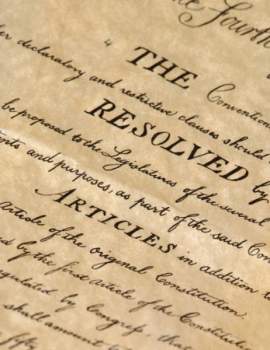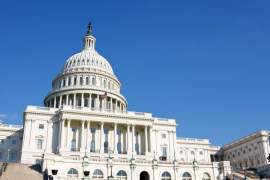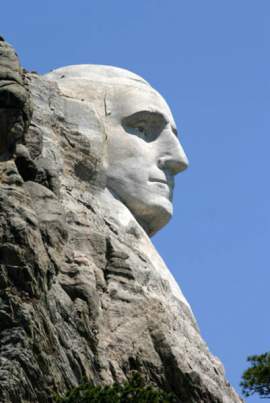
What are the Parts of the Constitution?

Popular In Constitution
Purpose Of Lifetime Appointment And Pros And Cons Enumerated Powers Bicameral Legislature Background Article 3 Of The Constitution We The People 1st Amendment Who Wrote The Constitution Judicial Review Equal Protection Clause Three Fifths Compromise 10th Amendment 5th Amendment
Preamble:
The Preamble to the Constitution is not vital from a purely legal perspective, as the Preamble does not have any legal value in and of itself. The Preamble is also a very short part of the Constitution, as it is actually a single sentence, and therefore, does not make up any significant part of the Constitution in terms of length. The importance of the Preamble lies not in these two senses, but instead lies in the precedent the Preamble establishes for the rest of the Constitution.
The Preamble was the Founding Fathers' way of informing future generations of their motives and intent in writing the Constitution, as well as a way of establishing the most basic principles necessary for consideration of the Constitution. The opening words of the Preamble are "We the People of the United States", which are perhaps the most well-known words in the Constitution. These words are critical to understanding that the Constitution was designed to establish a government empowered by the will of the people and for the good of the people.
The Preamble has often been used by Constitutional scholars in order to determine how other parts of the Constitution should be interpreted, as the Preamble does outline several basic purposes for the creation of the Constitution. Each of these basic purposes provides insight and understanding into the Constitution, but does not actually provide any legal force. When used in court, the Preamble only ever provides an open guide for interpreting the Constitution and never provides any legal rules that must be followed. This has been proven in a number of cases in which a litigant attempted to argue for his position based on the words of the Preamble. Even though the Preamble does not have such legal power, it bears great significance for the Constitution as a whole and for any person's understanding of that document.
Articles:
Following the Preamble, the United States Constitution is divided into seven Articles
that comprise the original legislation as it was drafted by the Founding
Fathers in 1787 at the Constitutional Convention. The Articles of the
Constitution provide for the architecture that comprises the United States
supreme law. Articles One through Three set up the three branches of the United
States Federal Government.
Article I implements the Legislative Branch and creates the
bicameral legislation that is to become Congress. Article II details
the Executive Branch and provides for the powers of the President of the United
States. Article III creates the Judicial Branch and delegates the
responsibilities of the court system. Article IV of the Constitution
provides for the scope of the States' powers. Article V consists of
provisions regarding amendments that are to be made to the
Constitution. Article VI establishes the Federal power of the United
States Government and establishes the Constitution as the supreme law of the
land. Last but not least, Article VII sets the requirements for the
ratification of the Constitution, stating that at least nine states of would be
needed to ratify the Constitution. The Seven Articles of the Constitution set
forth the United States Government and provides for the backbone of the Federal
power that is to be implemented by the country.
Constitutional Amendments:
The Framers of the Constitution knew that there would have to be changes made
to the document in due time. The changes that the unforeseen future of the
United States would bring inevitable changes to the Constitution in order to
provide for the well-being of the nation as a whole. Therefore, it is not a
surprise that Article V of the Constitution provides for the process
in which amendments to the original legislation could be made. The process is
two-fold: Amendments must first be proposed and then ratified by the States.
As of today, there have been a total of twenty-seven amendments made to the Constitution, all of which were proposed in Congress by way of a two-thirds vote. However, amendments can also be proposed if two-thirds of the States demand a specific change. Amendments, once proposed, must also be ratified by the states as required by Article VII of the Constitution. The Amendments of the Constitution comprise a vast array of legislative changes that range from civil and human rights of the people to the topic of pay raises in the United States Congress.
The first ten Amendments comprise what is known as The Bill of Rights. The Bill of Rights is actually comprised of twelve Amendments, however, only the first ten were ratified. The Twenty-Seventh Amendment was the second of the last two Amendments and was ratified in 1992. The first of the last two still remains unratified and pertains to the concept of apportionment for the House of Representatives.
NEXT: Article 1 of the Constitution





















